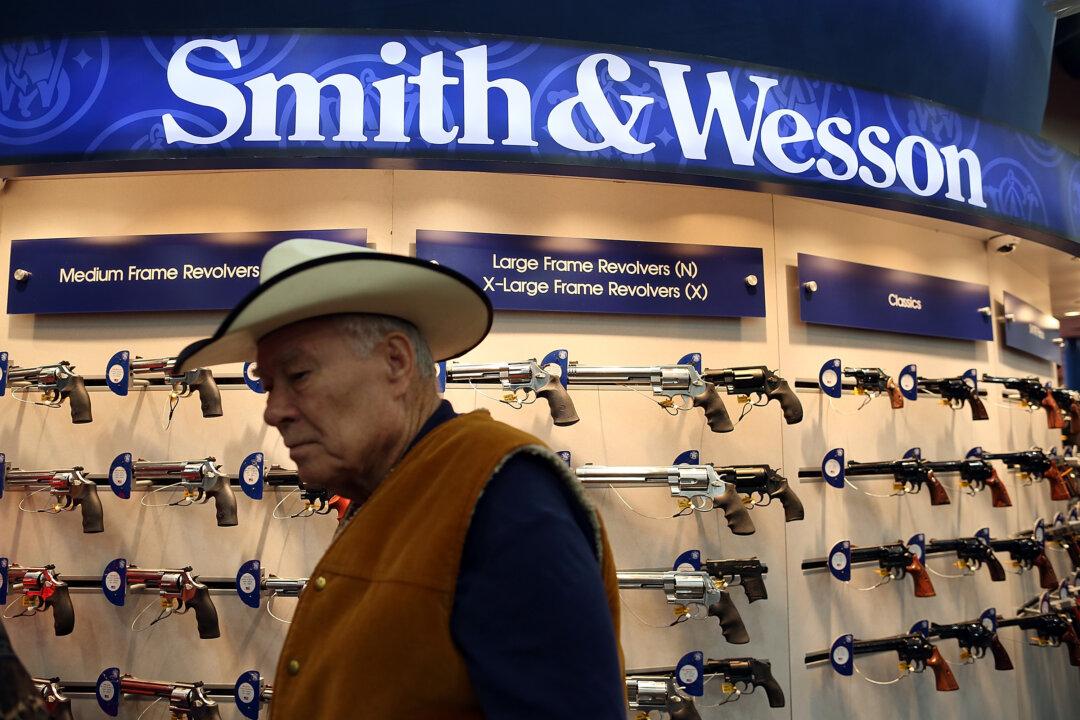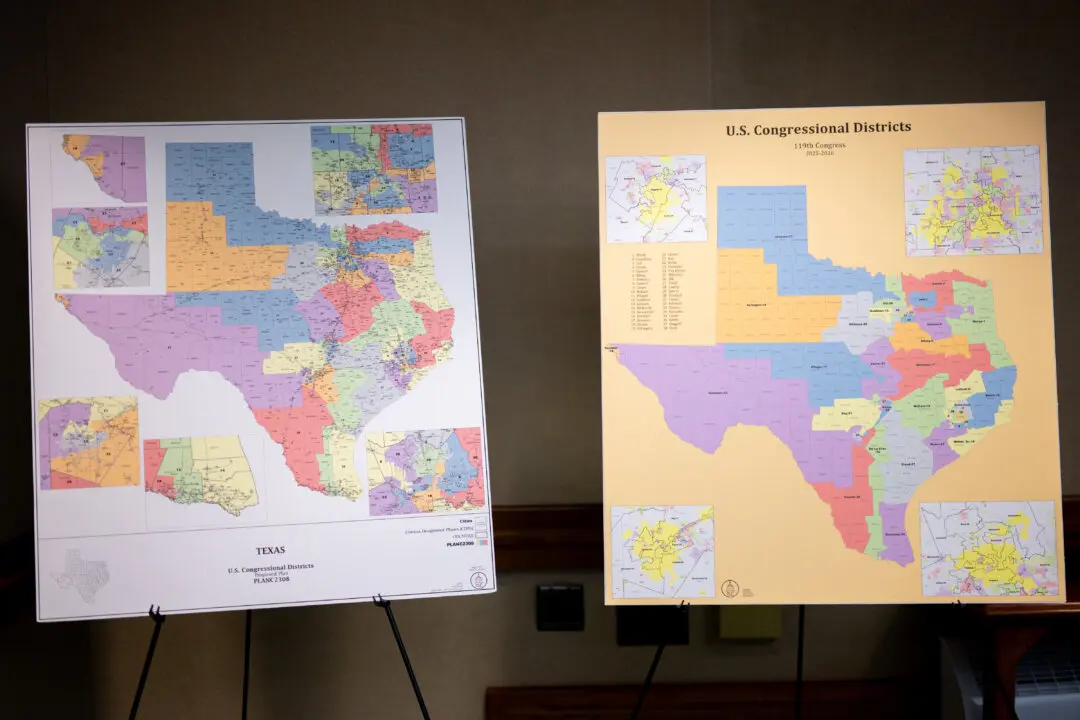The Supreme Court on Nov. 22 scheduled oral argument for March 4, 2025, in U.S. gun companies’ appeal in Mexico’s ongoing $10 billion lawsuit against the firearms businesses.
In the legal action, Mexico is seeking $10 billion from U.S. gun suppliers for allegedly flooding that country with firearms. Mexico blames the companies for a violent crime wave, saying their actions benefited criminal cartels.





